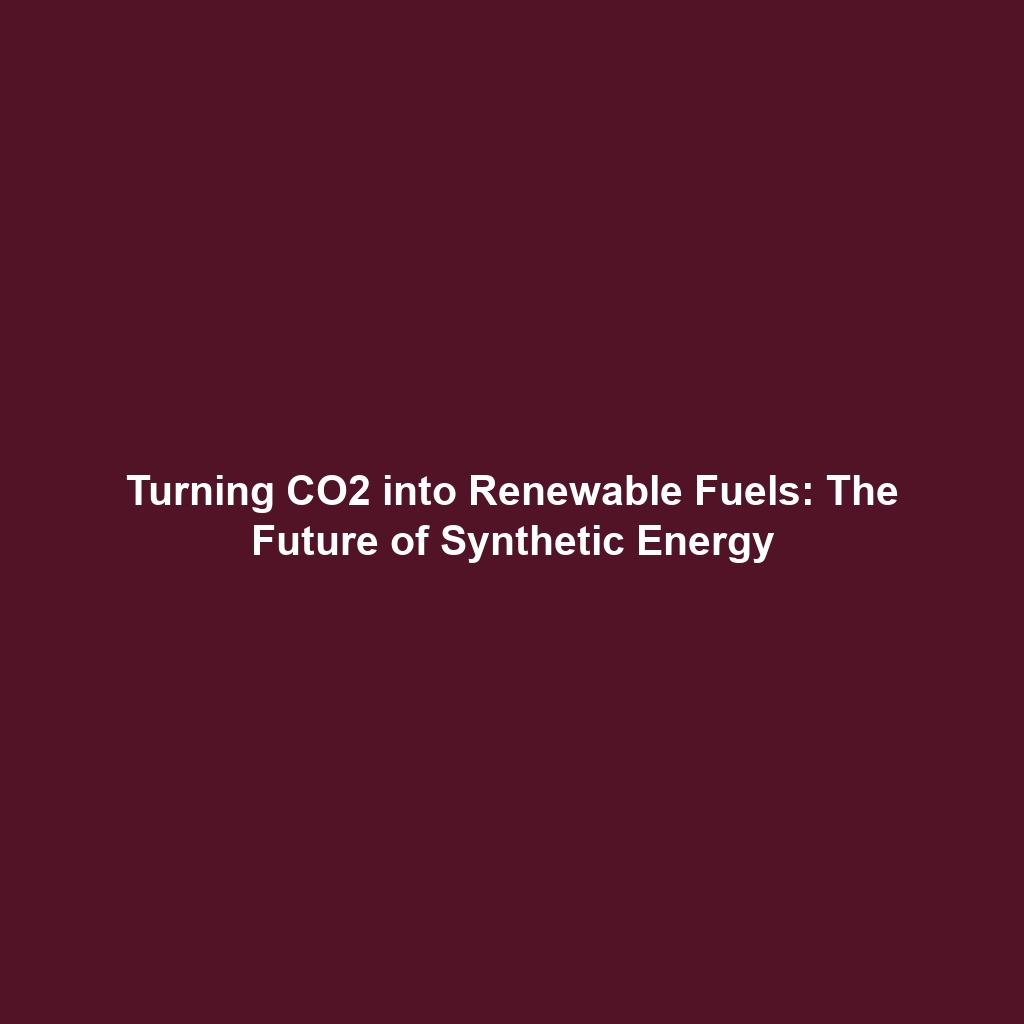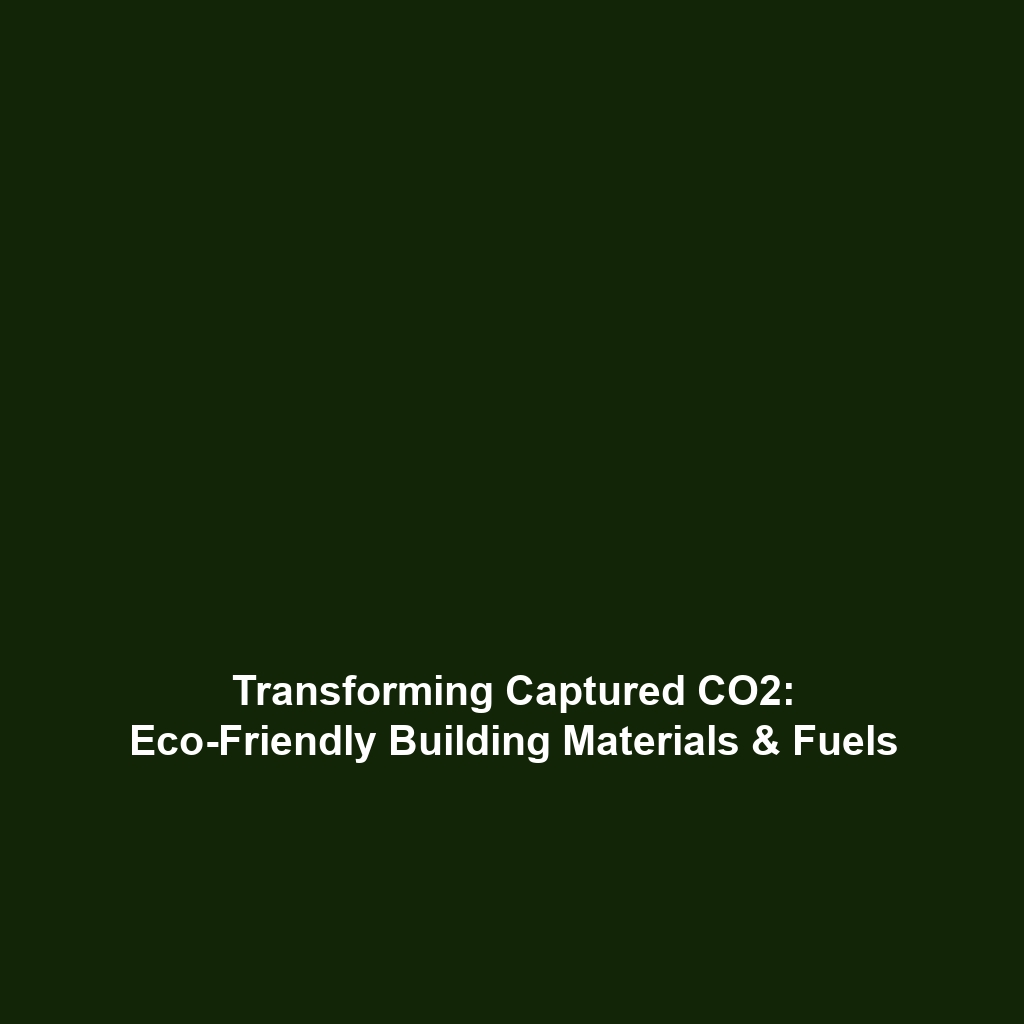Fusion Energy: A Clean Alternative for Heavy Manufacturing and Transportation
Introduction
As global energy demands rise, fusion energy emerges as a promising solution to combat
environmental challenges posed by fossil fuels. By harnessing the same processes that power the sun,
fusion energy could provide a clean alternative for industries reliant on fossil fuels, such as heavy manufacturing
and transportation. Unlike traditional energy sources, fusion produces minimal greenhouse gas emissions,
positioning it as a crucial player in the transition towards sustainable energy. This article delves into the
potential of fusion energy to revamp industries and foster a greener future.
Key Concepts
Understanding Fusion Energy
Fusion energy is generated by combining light atomic nuclei to form a heavier nucleus, releasing
vast amounts of energy in the process. This principle, derived from nuclear physics, draws parallels
from the natural fusion reactions occurring in stars, including our sun.
Benefits of Fusion Energy
- Sustainability: Fusion energy relies on isotopes like deuterium and tritium, which can be derived from water
and lithium, making it an abundant resource. - Clean Energy Source: The process produces no long-lived radioactive waste compared to
fission-based nuclear energy. - High Energy Output: One kilogram of fusion fuel could produce energy equivalent to 10 million kilograms
of fossil fuel.
Applications and Real-World Uses
The application of fusion energy could revolutionize sectors heavily reliant on fossil fuels.
For example, how fusion energy is used in heavy manufacturing could involve powering high-temperature
furnaces or producing materials such as steel with a significantly reduced carbon footprint. In transportation,
fusion could be utilized to develop clean synthetic fuels, powering ships and aircraft without harmful emissions.
Current Challenges
While the potential of fusion energy is great, several challenges remain in its study and application:
- Technical Feasibility: Achieving and maintaining the extreme temperatures necessary for
fusion reactions presents significant engineering challenges. - Economic Viability: The costs associated with developing fusion technologies must be reduced to
facilitate widespread adoption. - Public Perception: Misinformation regarding nuclear energy, in general, may hinder support
for fusion initiatives.
Future Research and Innovations
Innovative advancements are on the horizon in fusion research. Breakthroughs in magnetic confinement
and inertial confinement techniques may soon allow for more efficient energy production. Moreover, next-gen fusion
reactors, like the ITER project in France, represent significant strides towards practical applications in energy
production. Future innovations could transform fusion energy from a theoretical concept into a viable energy source,
fundamentally changing the landscape of energy for heavy manufacturing and transportation industries.
Conclusion
In summary, fusion energy holds immense potential as a clean alternative for industries historically dependent on
fossil fuels, such as heavy manufacturing and transportation. While challenges remain, ongoing research and innovation
promise to uncover new ways to harness this powerful energy resource. To further explore the implications of fusion energy,
read about the current initiatives in the field of renewable energy and the future of sustainable manufacturing.
Together, we can pave the way for a cleaner, more sustainable energy future.





